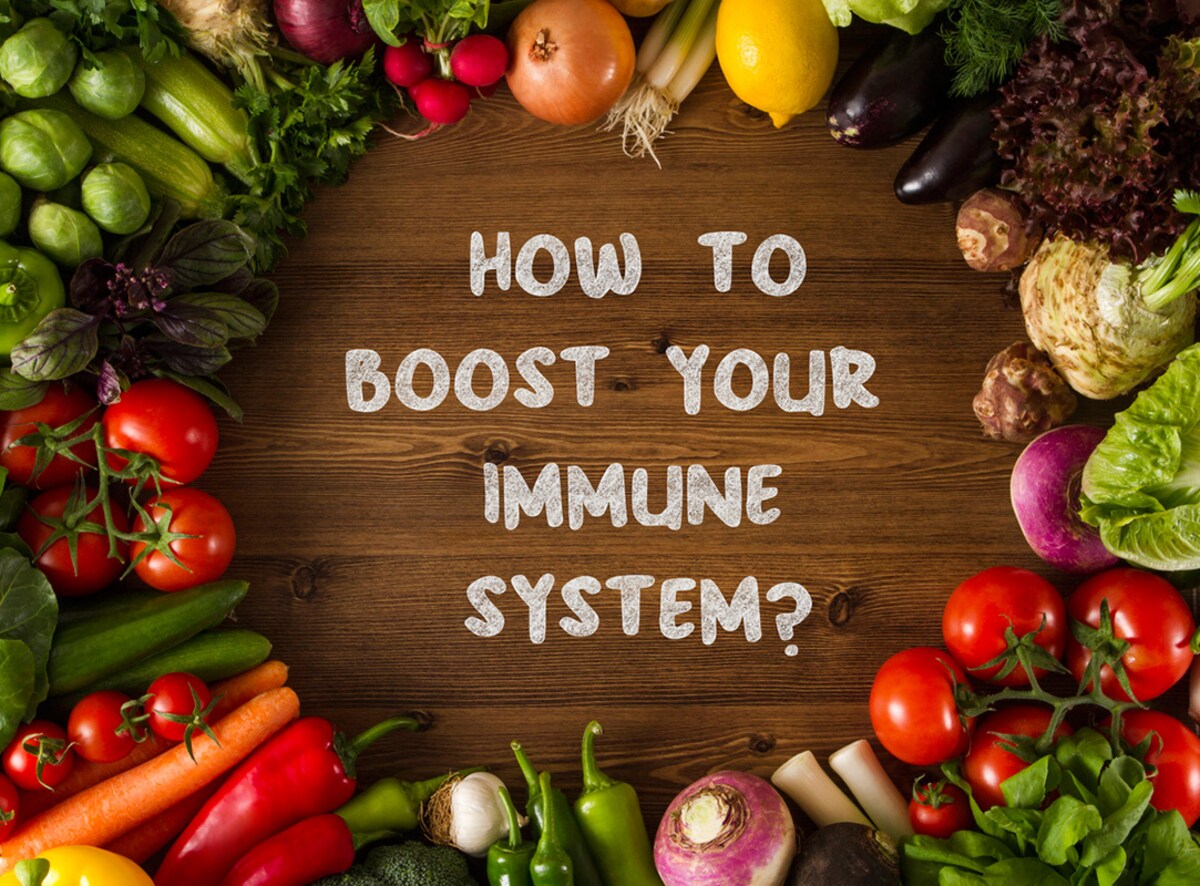Blog
Pain – how a plant-based diet can alter pain.
The mechanisms behind how diet can reduce pain are complex, but they largely involve the modulation of three pathways: the inflammatory cytokine pathway, the arachidonic pathway, and the neuroscience brain perception pathway.
The Inflammatory Cytokine Pathway
The inflammatory cytokine pathway is one of the primary pathways involved in pain and inflammation. It involves the release of pro-inflammatory cytokines, which are small signaling molecules that are produced by the immune system in response to injury or infection. These cytokines, such as interleukin-1 (IL-1) and tumor necrosis factor-alpha (TNF-α), can cause pain and inflammation by activating immune cells and promoting the production of inflammatory mediators.
Modulating the Inflammatory Cytokine Pathway with Diet
Research has shown that certain dietary patterns, such as a plant-based diet rich in fruits, vegetables, and whole grains, can help to reduce inflammation by modulating the inflammatory cytokine pathway. For example, a study published in the Journal of the American College of Nutrition found that a plant-based diet reduced levels of pro-inflammatory cytokines in the blood, which can lead to reduced pain and inflammation.
The Arachidonic Pathway
The arachidonic pathway is another important pathway involved in pain and inflammation. It involves the conversion of arachidonic acid, a fatty acid found in animal products, into pro-inflammatory eicosanoids such as prostaglandins and leukotrienes. These eicosanoids can contribute to pain and inflammation by activating immune cells and promoting the production of inflammatory mediators.
Modulating the Arachidonic Pathway with Diet
Research has shown that a diet low in arachidonic acid and high in anti-inflammatory omega-3 fatty acids, found in foods such as fatty fish and flaxseeds, can help to reduce inflammation and pain by modulating the arachidonic pathway. For example, a study published in the Journal of Pain found that a diet high in omega-3 fatty acids reduced pain and inflammation in patients with chronic low back pain.
The Neuroscience Brain Perception Pathway
Finally, the neuroscience brain perception pathway is involved in how the brain perceives pain. It involves the activation of pain-sensing neurons in the nervous system, as well as the release of neurotransmitters such as serotonin and dopamine that can modulate pain perception.
Modulating the Neuroscience Brain Perception Pathway with Diet
Research has shown that certain dietary compounds, such as the anti-inflammatory compounds found in ginger, turmeric, rosemary, and clove, can help to modulate the neuroscience brain perception pathway and reduce pain perception. For example, a study published in the Journal of Medicinal Food found that ginger reduced pain perception in patients with osteoarthritis.
Conclusion
In conclusion, the mechanisms behind how diet can reduce pain are complex and involve the modulation of multiple pathways, including the inflammatory cytokine pathway, the arachidonic pathway, and the neuroscience brain perception pathway. By consuming a diet rich in anti-inflammatory foods and supplements, individuals may be able to reduce pain and inflammation and improve their overall health and wellbeing.



